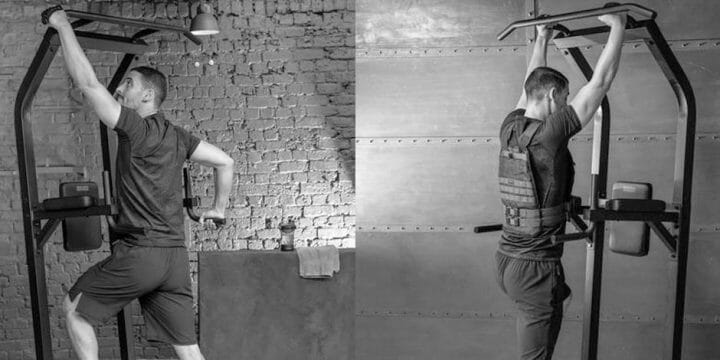As a coach, I focus on key muscles like the transverse abdominis in core training. Despite its importance, it's often overlooked.
Drawing from research and client experiences, I've identified effective exercises for the transverse abdominis that can be seamlessly incorporated into daily workouts.
To improve the appearance and functionality of your abdominal muscles, consider incorporating protein powders into your diet to nourish your core while maintaining a low-fat percentage.
Let’s dive in.
Quick Summary
- The top exercises for strengthening the transverse abdominis include Hollow Body Hold, Toe Taps, Bird-Dog, Dead Bug, and Plank.
- These exercises focus on engaging and activating the transverse abdominis through controlled movements and positions.
- The transverse abdominis is the deepest layer of the abdominal wall, situated under the internal oblique muscles, as detailed in a study published in PubMed.
- In my view, regularly practicing these exercises is crucial for developing a strong, stable core, which is foundational for overall physical health and fitness.
5 Exercises for a Strong Transverse Abdominis

Effective transverse abdominis exercises typically involve holding a specific position for a set time (stabilization exercises) or moving limbs in a controlled and slow manner, according to the Journal of Exercise Rehabilitation [1].
However, targeting this muscle can get tricky and hence require preparation.
Activating the Muscle
In my experience as a coach, activating the transverse abdominis was a game-changer for my clients' core workouts.
It’s not visible as a rectus abdominis muscle; thus, hitting it can differ from traditional ab exercises.
There are two ways to engage transverse abdominis: by bracing your core or through the abdominal draw-in maneuver.
Let’s quickly break down these.
Bracing Your Core
To brace your core, you should pull in your pelvic floor as if trying to stop the urine flow.
Then, tense your abs as if expecting to be punched in the stomach. Finally, inhale without letting your abs bow out.
If done correctly, your entire midsection should stiffen with a regular breathing pattern.
Abdominal Draw-in Maneuver
This technique, sometimes called “stomach vacuuming,” begins by lying on the floor with bent knees and flat feet [2].
- Take your hands and locate the lower abdomen area next to your pelvic bone.
- From here, slowly contract your transverse abdominis and draw in your lower abdomen (engage your pelvic floor muscles).
- Continue normal breathing while keeping your muscles contracted.
Related Articles:
The Best Workouts for Transverse Abdominis
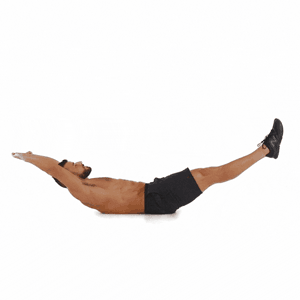
With your muscle-mind connection established and your transverse abdominis engaged, you’re now ready to perform exercises targeting this specific muscle.
Based on my experience, the following 5 exercises have proven to be the most effective.
1. Hollow Body Hold
- Lie on your back with your legs and arms extended.
- Keeping your core engaged, lift your legs off the floor.
- Slowly raise your shoulders while keeping your arms straight, creating a “banana” shape with your body.
- Hold this position for 15-30 seconds.
 2. Toe Taps
2. Toe Taps
- Lie on the floor with your knees bent in a tabletop position and your arms to the side.
- While exhaling, lower your left toe to tap the ground while keeping your core braced.
- Return your left leg to the starting position while inhaling.
- Repeat the same with your right leg.
- Continue for 30-60 seconds.
3. Bird-dog
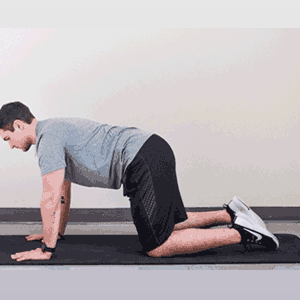
- Start on your hands and knees with your hands under your shoulders and your knees aligned with your hips.
- Extend your right arm forward and your right leg back, keeping the other pair on the ground (make sure your neck is in a neutral position).
- Keep your core engaged and hold for 2-3 seconds.
- Alternate sides and repeat 8-12 times.
4. Dead Bug
- Lie on your back with your arms toward the ceiling, and your knees bent in a tabletop position (calves on the floor).
- Straighten your right leg while lowering your left arm overhead, keeping both a few inches off the ground.
 Return your leg and arm to the starting position and repeat with the opposite arm and leg.
Return your leg and arm to the starting position and repeat with the opposite arm and leg.- Continue for 30-60 seconds.
5. Plank
- Get into a pushup position with your hands stacked under your shoulders and palms facing down (plank position).
- Keeping your core, glutes, and quads engaged, lower onto your forearms while keeping your body straight.
- Maintain this plank position posture for as long as possible.
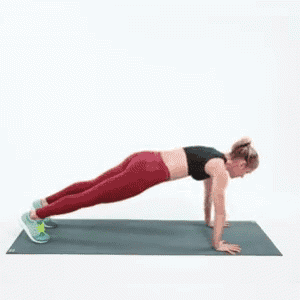 A stronger transverse abdominis can be simply achieved through these exercises, contributing to better core stability.
A stronger transverse abdominis can be simply achieved through these exercises, contributing to better core stability.
What Exactly Is the Transverse Abdominis?

From my coaching experience, I've learned that the transverse abdominis, located deep in the abdominal wall, is a powerhouse for core stability.
The transverse abdominis is the deepest layer of the abdominal wall, located on the lateral sides and under the internal oblique muscle, according to the study published in PubMed [3].
The transversus abdominis, often abbreviated as TVA, is known as the 'corset muscle' due to its horizontal fibers that wrap around the abdomen from the lower ribs to the pelvis, resembling a natural weightlifting belt.
Why Is This Core Muscle So Important?
Through years of coaching, I've seen firsthand how this core muscle supports nearly every movement, stabilizing and protecting the spine.
It is especially crucial during compound movements like bodyweight squats and deadlifts as they require full engagement of all core muscles to maintain spine stiffness [4].
Additionally, the transverse abdominis helps maintain proper tension in the abdominal wall and increases intra-abdominal pressure, which supports internal organs and enhances expulsive forces.
Despite its importance, many people overlook the transverse abdominis and focus solely on developing the visible rectus abdominis.
This commonly known muscle overshadows other abdominal muscles, including the transverse abdominis, resulting in a lack of understanding of its crucial role.
Beyond mere aesthetics, strengthening the transverse abdominis plays a pivotal role in correcting and improving posture, offering specific exercises that can alleviate common postural issues and contribute to overall spinal health.
What Benefits Does Strengthening This Muscle Bring?

From my coaching experience, strengthening the transverse abdominis not only enhances stability but has improved the athletic performance of many of my clients.
This muscle compresses the abdomen, providing support to the spine and trunk, which can reduce the risk of injury and lower back pain, especially during exercises such as CrossFit deadlift workouts and squats, based on the research published in PubMed [5].
In other words, it provides dynamic stabilization of the lumbar spine.
“It’s a main stabilizer of the core, so when the transversus abdominis is strong and working properly, it helps maintain proper spine support. It also has been shown to help decrease back pain, improve pelvic floor function, and help with posture.”
- Marcy Crouch, Doctor of Physical Therapy
A well-conditioned transverse abdominis boosts athletic performance across most sports by improving stability, coordination, and movement.
It also aids in breathing regulation and enhances core aesthetics, contributing to a slimmer waistline and improved posture, akin to a corset effect.
Integrating transverse abdominis exercises with mindful breathing techniques can also offer stress reduction benefits, drawing from practices like yoga and Pilates that emphasize the synergistic relationship between core strength, breath control, and mental well-being.
FAQs
What Does a Weak Transverse Abdominis Look Like?
A weak transverse abdominis looks like a protruding belly, leading to poor posture and a lack of stability in the trunk. It can increase the risk of injury during physical activity and difficulty performing expulsive activities, such as coughing and lifting. Symptoms may also include poor breathing mechanics.
Can You Overwork Your Transverse Abdominis?
Yes, it is possible to overwork your transverse abdominis muscle. Overworking this muscle can lead to fatigue, discomfort, and even injury. Performing transverse abdominis exercises in moderation and incorporating rest days in your workout routine is crucial. Additionally, engaging in various core exercises that target different muscles can help prevent overuse of the transverse abdominis.
References:
- https://www.ncbi.nlm.nih.gov/pmc/articles/PMC5498091/
- https://www.ncbi.nlm.nih.gov/pmc/articles/PMC7712241/
- https://pubmed.ncbi.nlm.nih.gov/29226150/
- https://pubmed.ncbi.nlm.nih.gov/29234556/
- https://pubmed.ncbi.nlm.nih.gov/28042685/
About The Author
You May Also Like
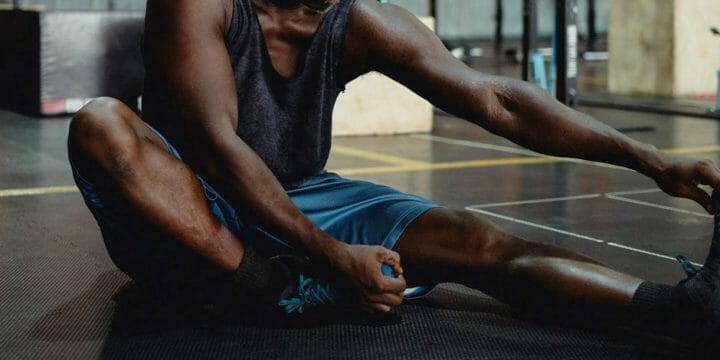
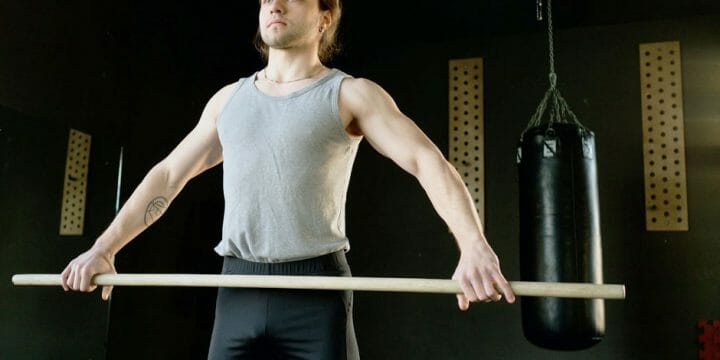

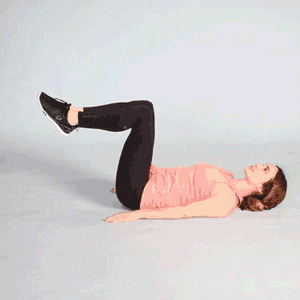 2. Toe Taps
2. Toe Taps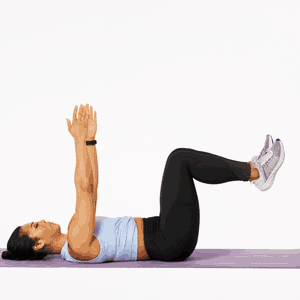 Return your leg and arm to the starting position and repeat with the opposite arm and leg.
Return your leg and arm to the starting position and repeat with the opposite arm and leg.
